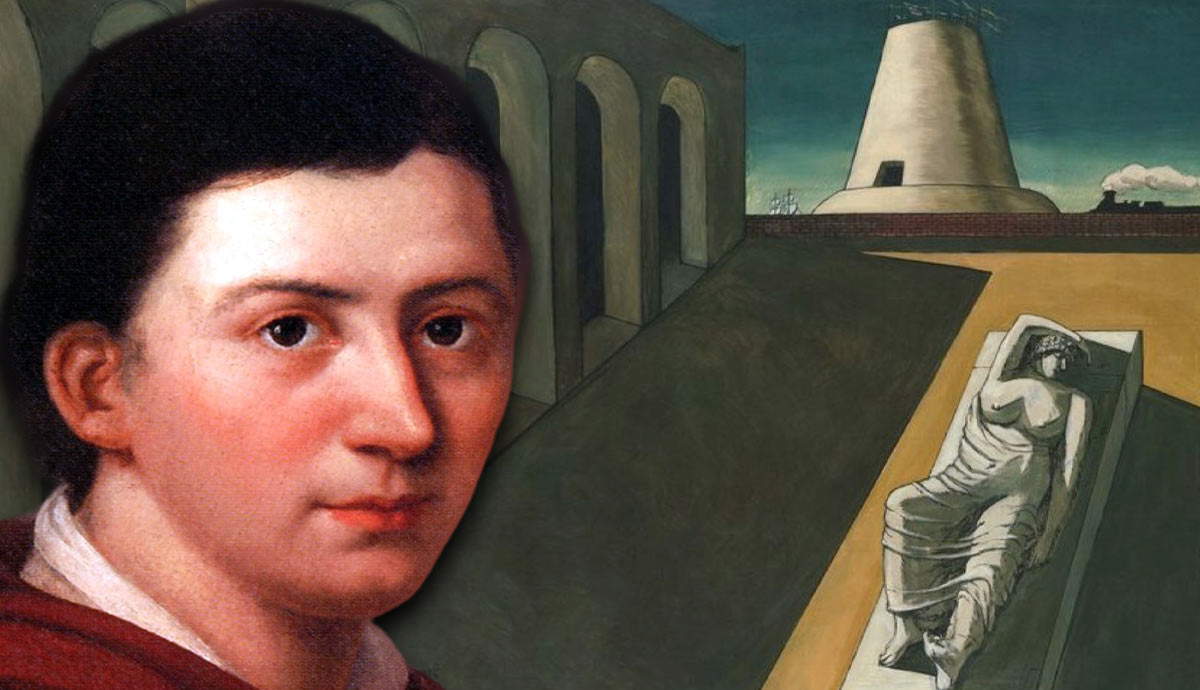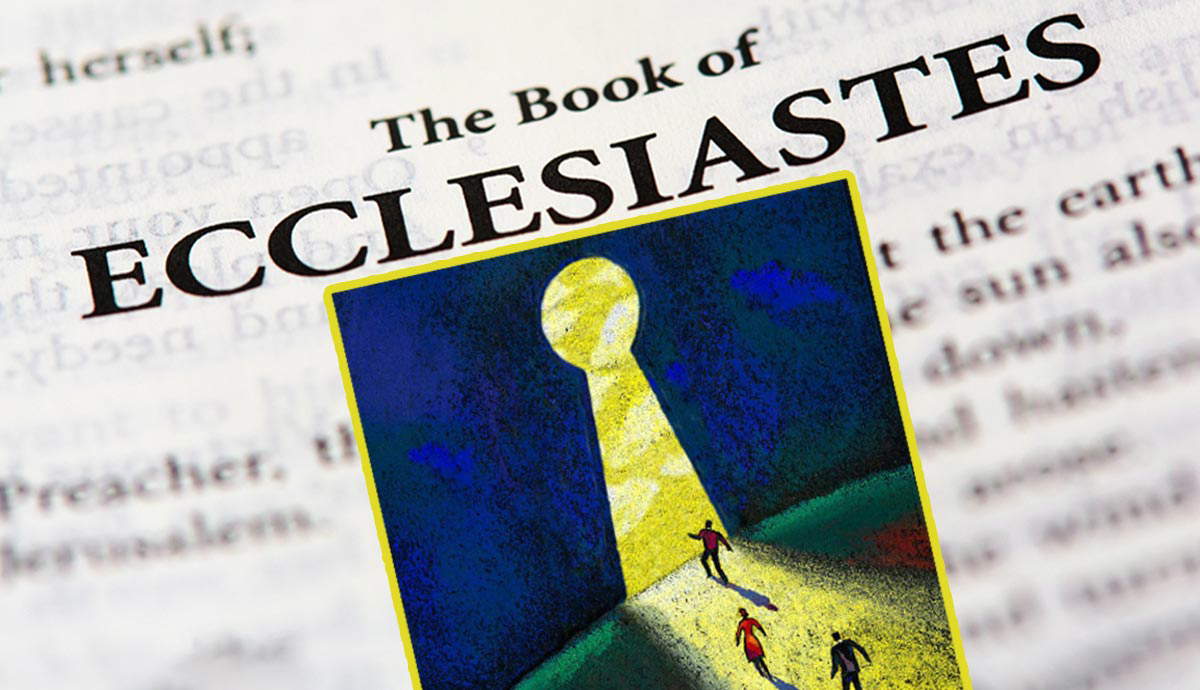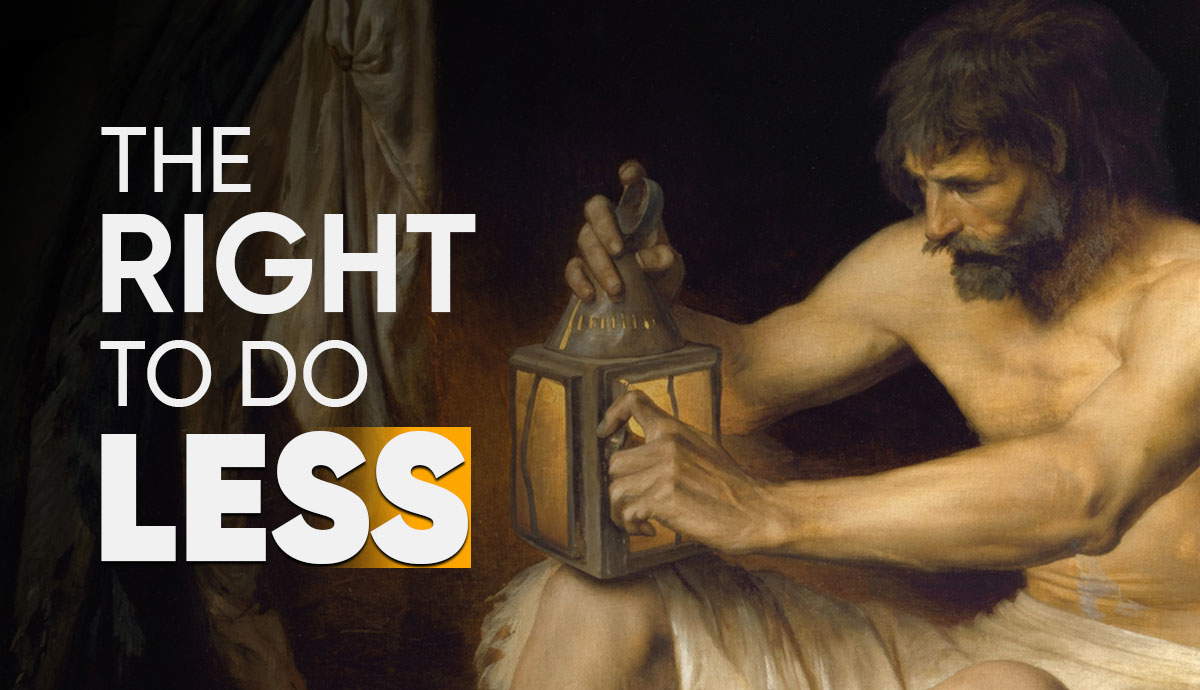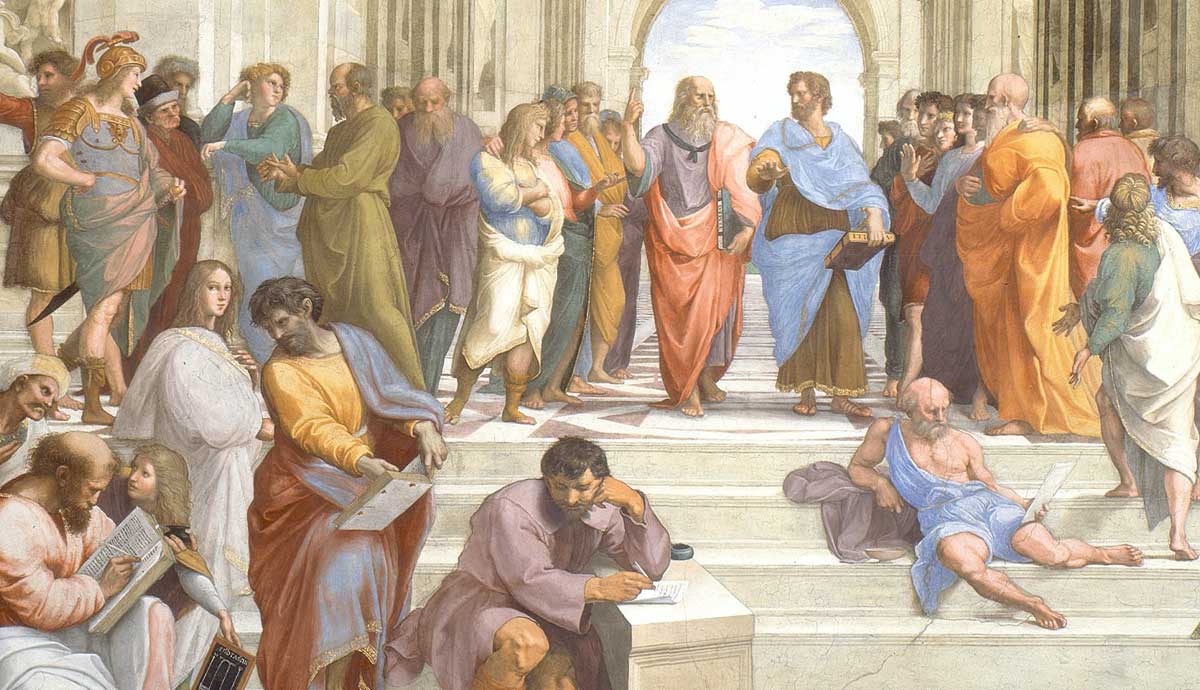
summary
- Albert Camus’ Absurdism Explained: Camus’ The Myth of Sisyphus explores life’s absurdity, arguing that embracing meaninglessness leads to true happiness and fulfillment.
- Camus’ Life & Philosophical Journey: Born in Algeria, Camus overcame poverty and illness, blending Greek philosophy and existentialism to challenge traditional views on life’s purpose.
- Sisyphus as a Symbol of Resilience: Camus reinterprets Sisyphus’ eternal punishment as a metaphor for finding joy in life’s struggles despite their futility.
In the 20th century, more precisely in 1942, in The Myth of Sisyphus, Albert Camus presented the constant struggle of man with the world. By placing at the heart of the Essay on Absurdity the question of the suicide of a man who is faced with an absurd world, he examines that absurdity and answers how to deal with it. We will see how the author offered a different view of Sisyphus’ fate in the underworld after the gods punished him to suffer eternally.
The Life of the Extraordinary Thinker Albert Camus

One might say Camus’ life was very exciting, and it ended very tragically. He was born in Algeria on November 7, 1913, in a French family. His father died soon after, and his mother took care of him and his brother. Although born into a relatively poor family, Camus received a good education. However, at only seventeen years old, he had to leave his education because he contracted tuberculosis.
With the arrival of illness and isolation, Camus connected, through the philosophies of various thinkers, especially Nietzsche, with ancient Greek philosophy. In 1933, he enrolled in philosophy studies and worked on a thesis on Plotinus, a Neoplatonist, a Greco-Roman philosopher born in Egypt. Plotinus also introduced Eastern ideas into his philosophy, especially those he brought from Persia, where he traveled.
What is important about this thesis is that Camus presented his idea that life, as presented in Christianity, can be meaningless. That is because, says Camus, the longer we live, the greater the chances of ending up in hell. We can commit more sins than if we live a short life. In contrast, the Greeks practiced a cheerful life, disregarding the consequences of the afterlife.
Camus was also a member of the Communist Party for a short time because he saw unity and harmony there. Only later did he see the other side of communism, which underestimated the man’s individuality. Later, Camus meets Sartre, an Existentialist with whom he becomes friends. However, their paths diverge due to different opinions, primarily those about the ways of changes in society. Around that time, he wrote his novel The Stranger and became very popular, winning the Nobel Prize for Literature in 1957. Only three years later, he dies in a car accident.
Camus’ Famous Works and His Main Ideas

Camus’ books were recognized as significant in the era when they appeared. Readers are usually first introduced to his book The Stranger, a work deeply imbued with the idea of the absurd. Further, the reader continues with The Myth of Sisyphus, which opens with a question about suicide and thus, in a way, continues the themes of The Stranger.
If we stop by reading about Camus, we can get the impression that this is the endpoint of his thought: an absurd world without any meaning, where man remains filled with feelings of isolation and anger. But that’s not all Camus. The author was dissatisfied with this simple conclusion because he believed life must still have meaning. The two mentioned works and the play Caligula make up the first cycle of Camus’ work.
Of course, Camus didn’t just represent an absurd world. He tried to give answers on how to deal with it, as in The Myth of Sisyphus, which ends up serving as a metaphor.
So, if the reader continues with Camus’ works, he will notice that the author constantly asks new questions and tries to answer them. So, the second cycle revolves around rebellion. Just as Sisyphus served to represent the absurd in the first cycle, Camus takes Prometheus for the second one to represent a rebellious act.
This cycle includes, among other works, The Plague, The Rebel, The Fall, and The Just Assassins. The third cycle is the cycle of love, dedicated to Nemesis, the goddess of revenge. In this cycle, he mostly turned to theater.
Now, let us explore the ideas behind The Myth of Sisyphus.
The Life of Sisyphus, Hubris, and His Punishment

Sisyphus was, above all, a mortal. But, like many mortals from Greek myths, he was separated from the others by something special. The Greek gods loved to toy with mortals. It was a daily pastime for them, as we learn from Homer’s epics and other records. However, Sisyphus was distinguished by great cunning. He was the ruler of Ephyra in Argolis and the ancestor of the Lycian kings. Everyone knows about Sisyphus’ punishment, but let’s see what preceded it. Because, after all, Sisyphus didn’t outwit the gods just once!
One of the stories reveals that when Zeus, the supreme god, kidnapped Aegina, the beautiful daughter of the river god Asopus, he took her to an island. Asopus searched for his daughter but did not find her until Sisyphus revealed who had kidnapped her. Enraged at the betrayal, Zeus sends Thanatos, the god of death, to Sisyphus.
However, the latter uses his cunning and chains him so people stop dying. To restore order, Zeus sends Ares, the god of war, to release Death. Thanatos once again takes Sisyphus and delivers him to the underworld, Hades. However, the cunning Sisyphus again outsmarts the gods. Namely, according to one of the stories, Sisyphus told his wife to deny him all posthumous honors. He then asked Hades to release him to earth to take revenge on the wicked woman, and then he would return to him in the underworld.
Of course, Sisyphus never returned but died at a very old age. Other stories say that Sisyphus was punished for disrespecting the gods by being condemned to roll the stone up a hill forever until he reached the top. The stone is then returned to its starting place. Interestingly, Sisyphus is also considered the father of another great trickster, Odysseus.
How the Sense of Absurdity Arises, According to Camus

As we grow up and learn about life, we also discover its shortcomings. Meaning becomes what preoccupies us, and we begin to search for it. The basic human need, according to Camus, is the need for explanation. It determines our survival and our desire to survive. In contact with the world, we perceive some deficiency. That’s how the sense of absurdity arises. One can bear that feeling, thinking about what awaits him in the afterlife, but the burden becomes greater if one has nothing to hope for. If we imagine the life of an average person, it is marked by repetitions. A mechanism that takes over our life.
At the moment when it becomes too hard to bear life further, a new feeling arises in man. There is an awareness of his position in the world, which he now looks at with contempt, sadness, and dissatisfaction. Then he finds himself in a kind of labyrinth, searching for a way out, if we take that way out to represent the meaning that man lacks. The meaning and change in thinking. Camus thinks we can only overcome the absurd game of life by accepting it.
In this essay on absurdity, he deals with several topics, primarily absurd reasoning, where he talks about subjects such as suicide, freedom, etc. Then, he moves on to the absurd man. In the third part, Camus looks back at the absurd creation and, in particular, dwells on the character of Kirilov from the novel Demons by Fyodor Dostoevsky, commenting on how all the characters in Dostoevsky’s novel wonder about the meaning of life.
We will dwell here on the topic of suicide, as a key one in this essay, and then comment on Camus’ interpretation of The Myth of Sisyphus.
The Question of Suicide in Camus’ Thought

“Life is meaningless, but worth living, provided you recognize it’s meaningless.”
Albert Camus
Albert Camus reinterprets the myth of Sisyphus. This entire essay on the absurd, as the subtitle says, revolves around the question of suicide. Camus’ main question is whether to kill oneself when faced with an absurd world. Actually, it is not about an absurd world or an absurd man. Camus sees absurdity in the relationship between man and the world. In that encounter, the individual feels the absurdity of his life. Then the question arises: Why live?
When life does not give us the answers we seek, we feel cut off from the world. Nothing connects us with life, which seems to us to be without any meaning precisely because the world does not answer our questions. When Camus questions the meaning of life in this essay, he claims, unfortunately for us, that it does not exist. But, at the same time, he claims that suicide is not the solution. What to do then? Camus was sure of that and wrote that man should accept the absurd. It is the first step to living a happy life. He does not see such a bad meaning in absurdity. He is aware that dealing with the absurd is difficult, but as he said, we must be aware of that absurdity and a world where we cannot find the meaning we seek to lead a meaningful life. Life is beautiful with all its flaws, and we must enjoy it. Coping, not rejecting the life that is given to us.
One Must Imagine Sisyphus Happy

“This word ‘Absurd’ has had an unhappy history, and I confess that now it rather annoys me. When I analyzed the feeling of the Absurd in The Myth of Sisyphus, I was looking for a method and not a doctrine. I was practicing methodical doubt. If we assume nothing has any meaning, then we must conclude that the world is absurd. But does nothing have a meaning? I have never believed that we could remain at this point.” (Camus’ words from an interview)
This essay is called The Myth of Sisyphus, but the author only discusses this myth at the end. This shows how a life, even if it’s an afterlife, which for centuries was interpreted as a life without any purpose, can be seen as a happy life.
Camus wants to use the example of Sisyphus and Sisyphus’ actions to show how to accept a futile life. Sisyphus experiences the same torment every day, which Camus compares to a worker who does the same thing every day, faced with the absurdity of life.
But is Sisyphus unhappy? He carries a load, but a load that is his, to the top of the mountain and fulfills his task, and as the stone rolls back to the foot, and as Sisyphus descends the long way to it to push it again to that same top, he thinks. He works for today. For his moment. As he descends, he reflects that this is his stone, his destiny. He is aware. Even though it is absurd, that awareness of life gives Sisyphus the strength to continue.
Camus says that when the situation is known, when the truth behind the situation is known, and when life itself is known, which is the life of Sisyphus, he can do his work with satisfaction.










